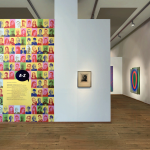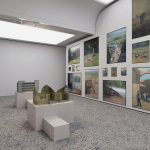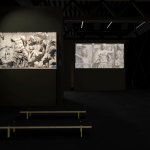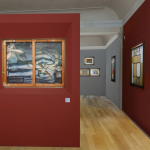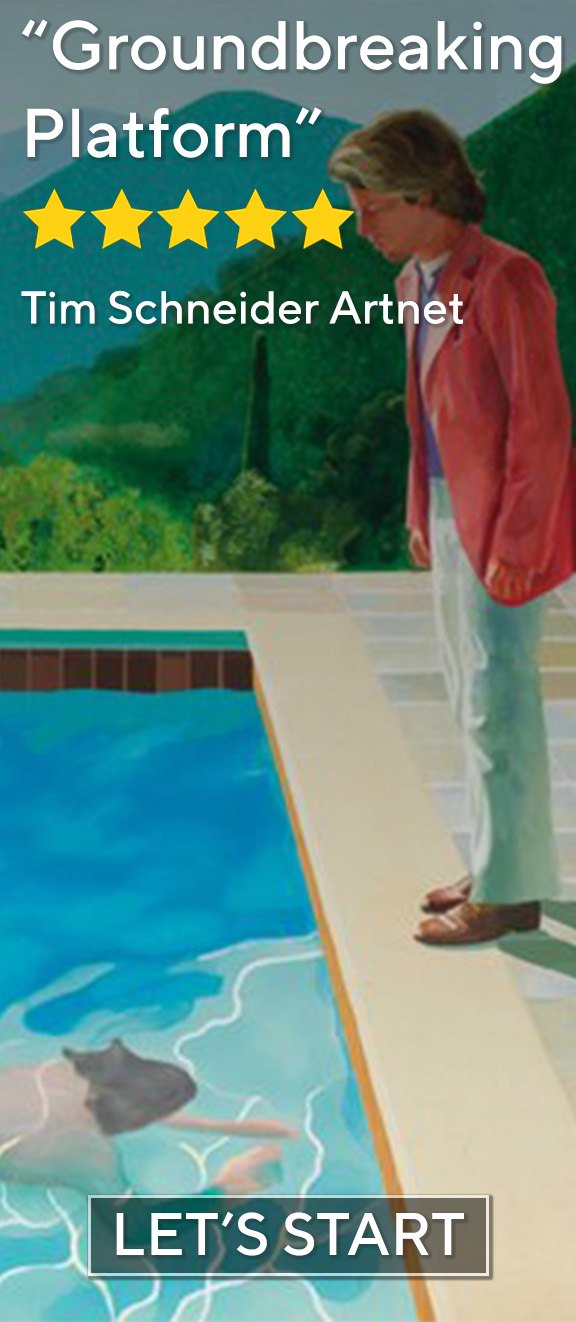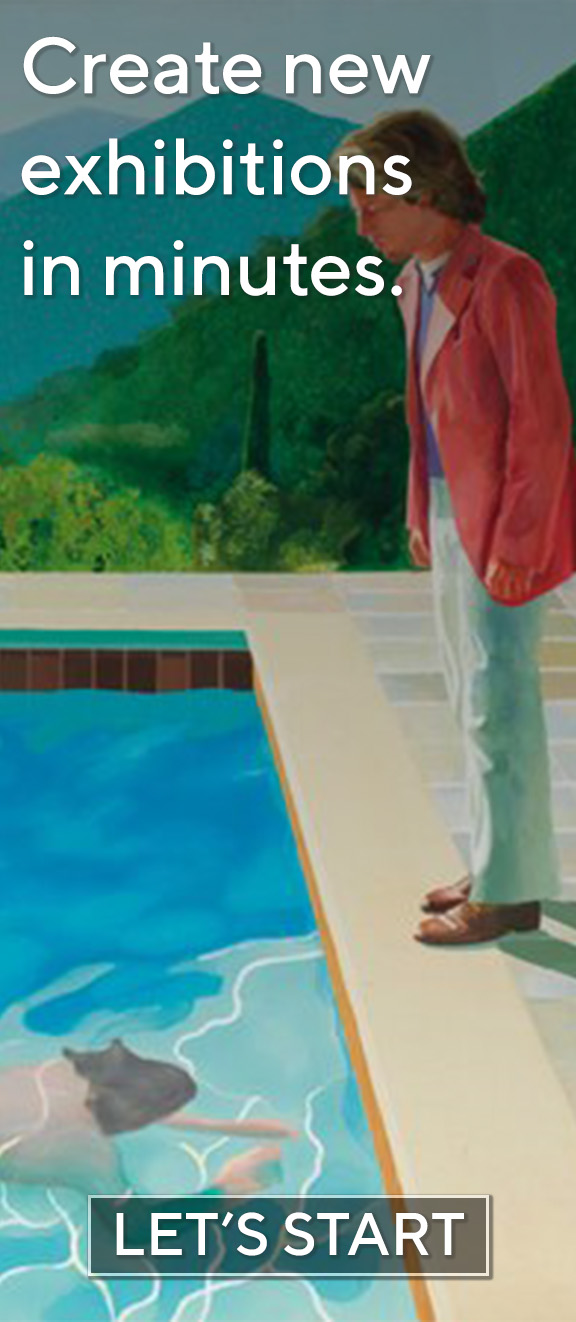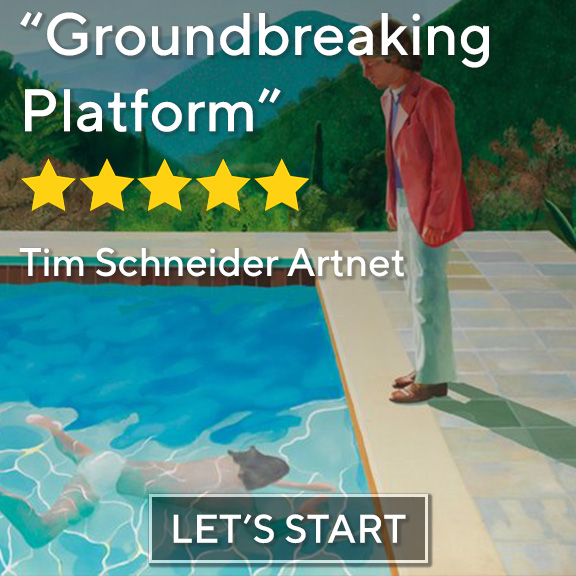“Thresholds” was on view from April 20 to November 24, 2024, at the German Pavilion, Giardini della Biennale, Venice, Italy.
In an era shadowed by global crises, the German Pavilion at the 60th Venice Art Biennale 2024 compellingly explores the nature of boundaries—both physical and conceptual—in its provocative exhibition, Thresholds. Curated by Çağla Ilk and featuring artists Yael Bartana and Ersan Mondtag, Thresholds leverages the fraught historical context of its venue, the Giardini della Biennale, to interrogate notions of nationalism, identity, and future possibilities. Through a carefully choreographed journey across its multiple rooms, the exhibition juxtaposes historical critique with futuristic speculation. It notably disrupts traditional viewing paths by obstructing the main entrance with Ersan Mondtag’s Monument of an Unknown Man, symbolically forcing visitors to navigate new perspectives. Complemented by Yael Bartana’s visionary Light To The Nations, the exhibition expands its interrogation of spatial and ideological boundaries beyond the pavilion itself, extending onto Venice’s island of La Certosa.
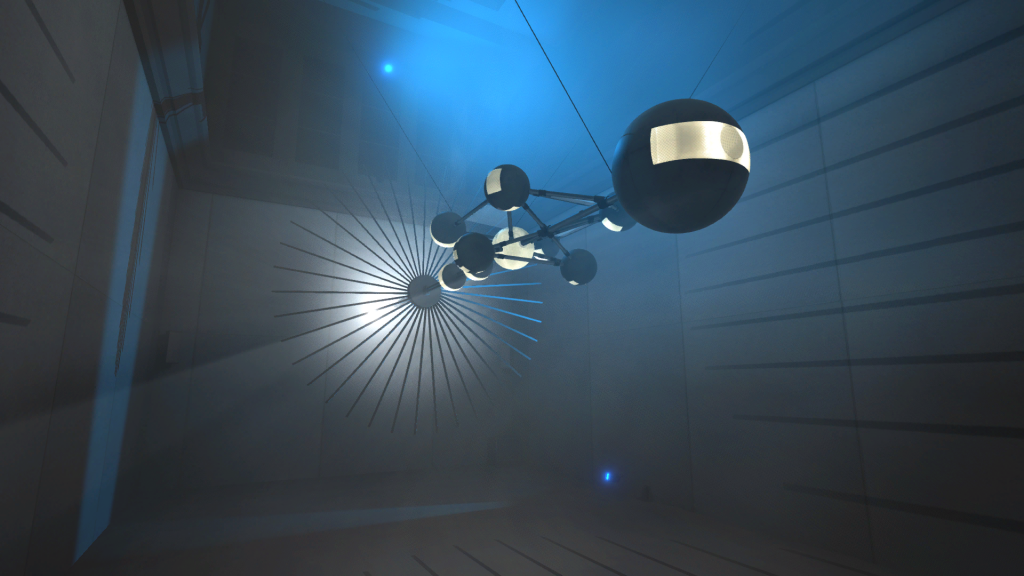
Yael Bartana, an internationally celebrated multimedia artist known for her incisive sociopolitical inquiries, continues to traverse complex historical narratives and speculative futures in Thresholds. Her expansive career, marked by exhibitions from the Jewish Museum Berlin to the Philadelphia Museum of Art, reflects her longstanding exploration of collective memory and identity. Bartana’s innovative use of Jewish mysticism and science fiction in her art echoes prominently within Thresholds, adding depth and transcendence to her critical examination of human destiny and community.
Bartana’s floating 3D model, Light To The Nations – Generation Ship (2022), welcomes viewers with a symbolic and mesmerizing vision of escape and hope. The meticulously detailed spaceship sculpture, inspired by Kabbalistic symbolism, becomes a tangible representation of utopian ambition and collective survival beyond planetary boundaries. Its elegant structure, illuminated softly in the dark exhibition space, poetically suggests an interstellar ark—a metaphor for humanity’s longing for redemption amidst ecological catastrophe.

Farewell (2024), a poignant single-channel video by Bartana, further enriches the narrative of departure and anticipation. Set against an ethereal forest, the dancers’ ritualistic movements, influenced by Rudolf von Laban’s expressive choreography, evoke a profound sense of collective loss and hope. The use of animal masks, invoking apocalyptic imagery, reinforces the work’s powerful reflection on humanity’s potential exodus from Earth, blending emotional depth with a critical reflection on human hubris.
Life in the Generation Ship (2022), presented as both a captivating hologram and immersive dome projection, invites viewers into the interior reality of Bartana’s conceptual spaceship. Its stunning visualizations of interconnected living spheres floating through space, teeming with verdant landscapes, present a tangible imagining of human adaptability and societal renewal. Through technological sophistication, Bartana’s work offers a vision of communal harmony achievable beyond Earth’s destructive confines.
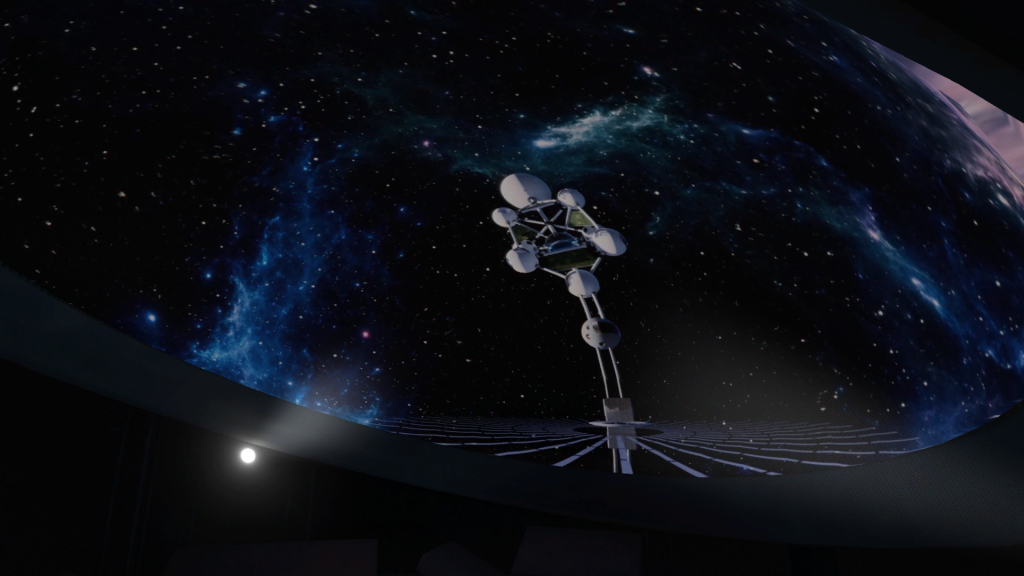
Ersan Mondtag’s Monument of an Unknown Man powerfully complements Bartana’s futuristic narratives with a grounded critique of historical and contemporary political borders. The installation, a three-level, droplet-shaped structure filled with soil from Anatolia and debris from the Giardini, directly confronts the fascist architecture of the German Pavilion. By physically altering the entry and spatial experience, Mondtag evokes the historical wounds and displacement narratives embedded within national ideologies, emphasizing the cyclical nature of exclusion and belonging.
The curatorial practice of Çağla Ilk shines through Thresholds, as the exhibition expertly uses spatial interventions, symbolic architecture, and narrative cohesion to dissect themes of migration, nationalism, and ecological urgency. By intentionally complicating visitor pathways, Ilk forces an active contemplation of the thresholds between past traumas and future possibilities. The thoughtful arrangement and thematic coherence of artworks effectively dialogue with contemporary global crises, enhancing the exhibition’s relevance and poignancy.
Thresholds expertly dismantles the illusion of national stability, revealing the porous and transient nature of borders in both physical and ideological dimensions.
Ultimately, Thresholds offers a profound meditation on humanity’s precarious existence and its persistent longing for redemption. By compellingly fusing historical critique with imaginative speculation, the exhibition transforms the German Pavilion into an emotionally and intellectually resonant exploration of boundaries and their transcendence. Thresholds thus emerges as an essential viewing, vividly relevant for our uncertain present.


